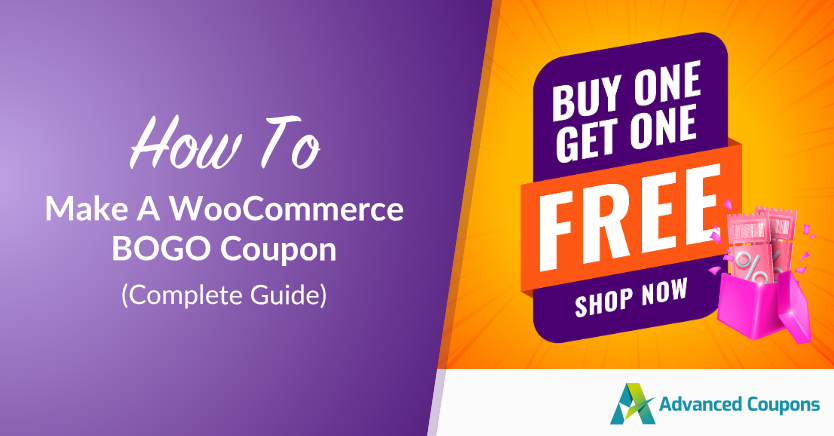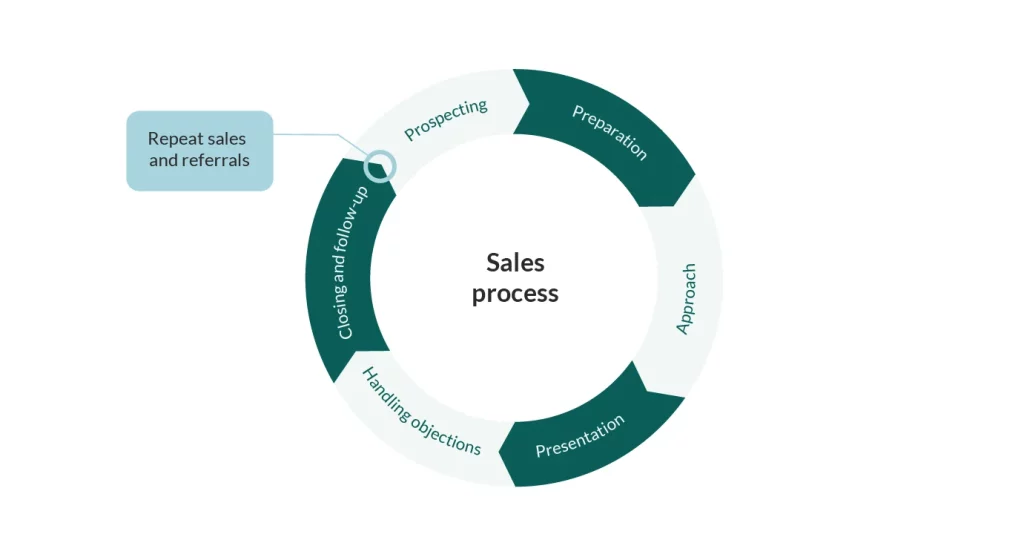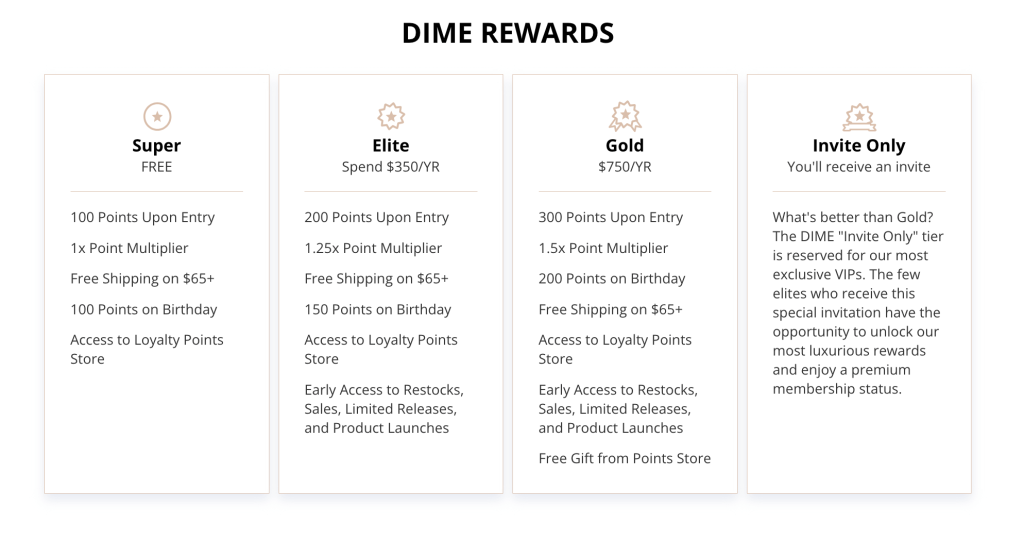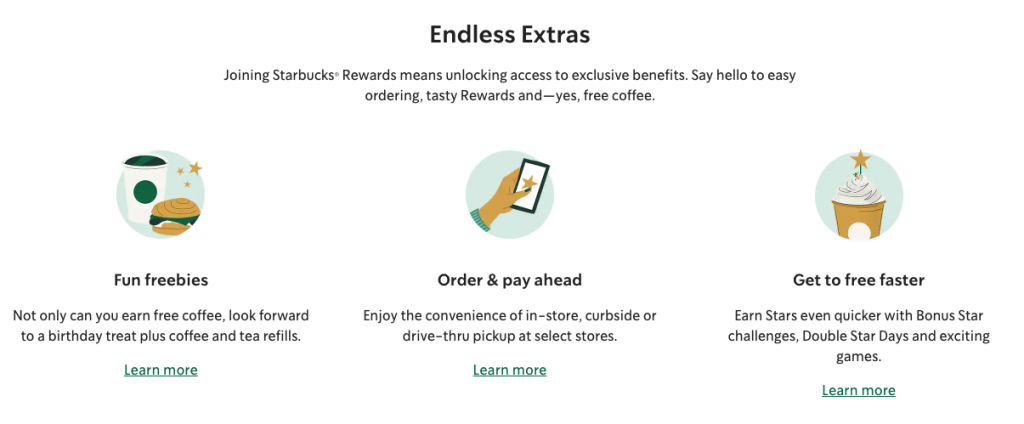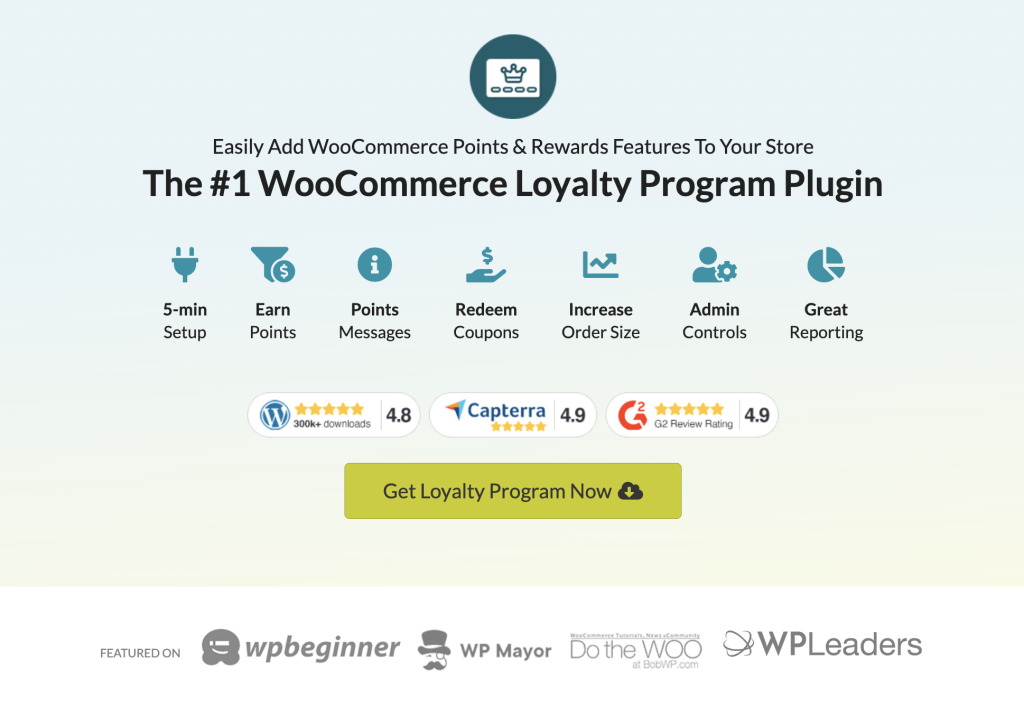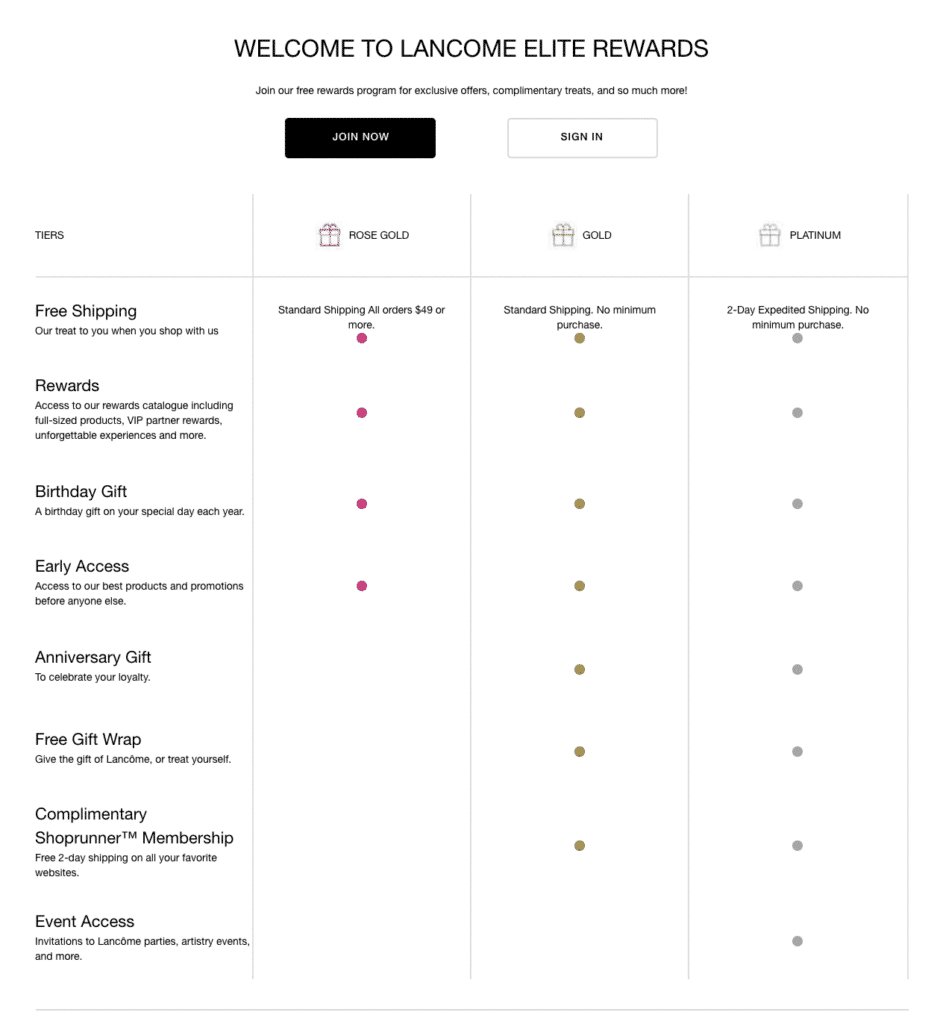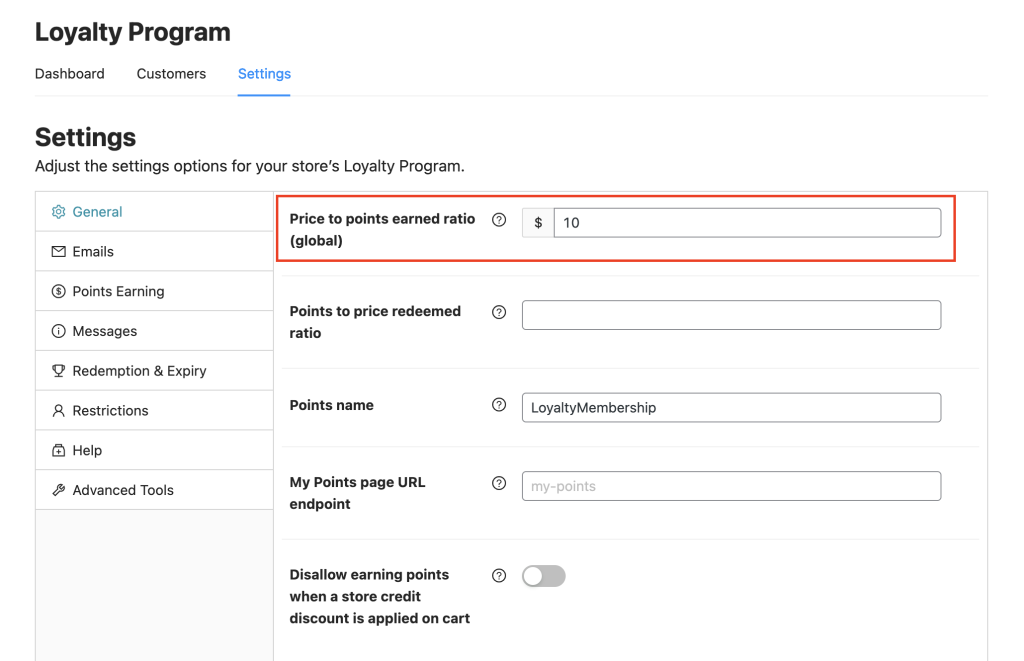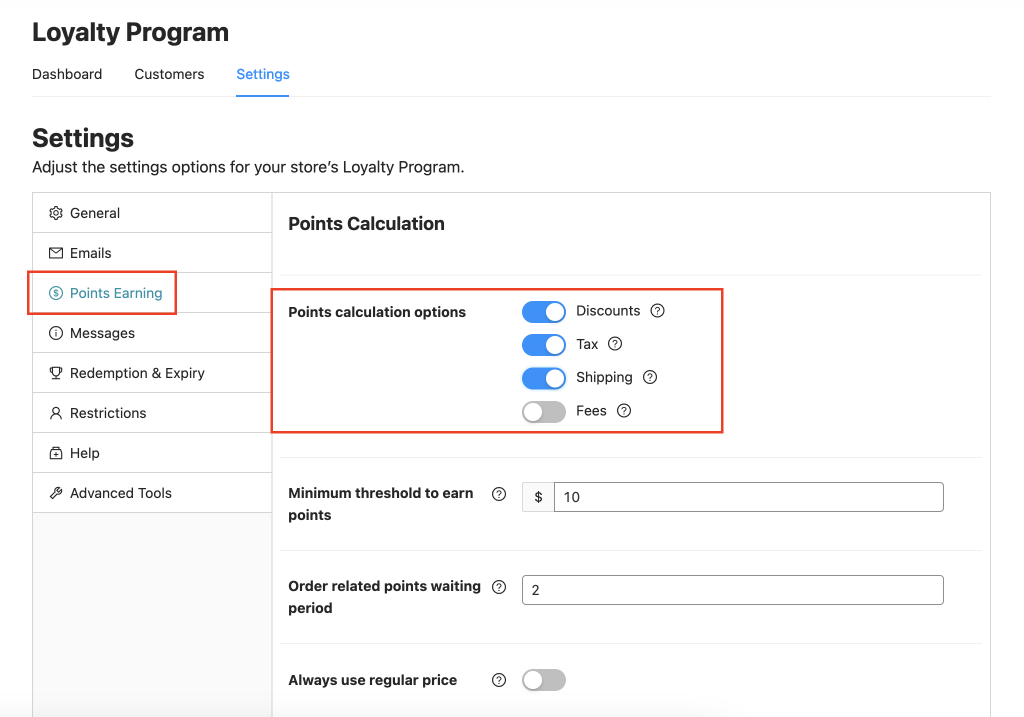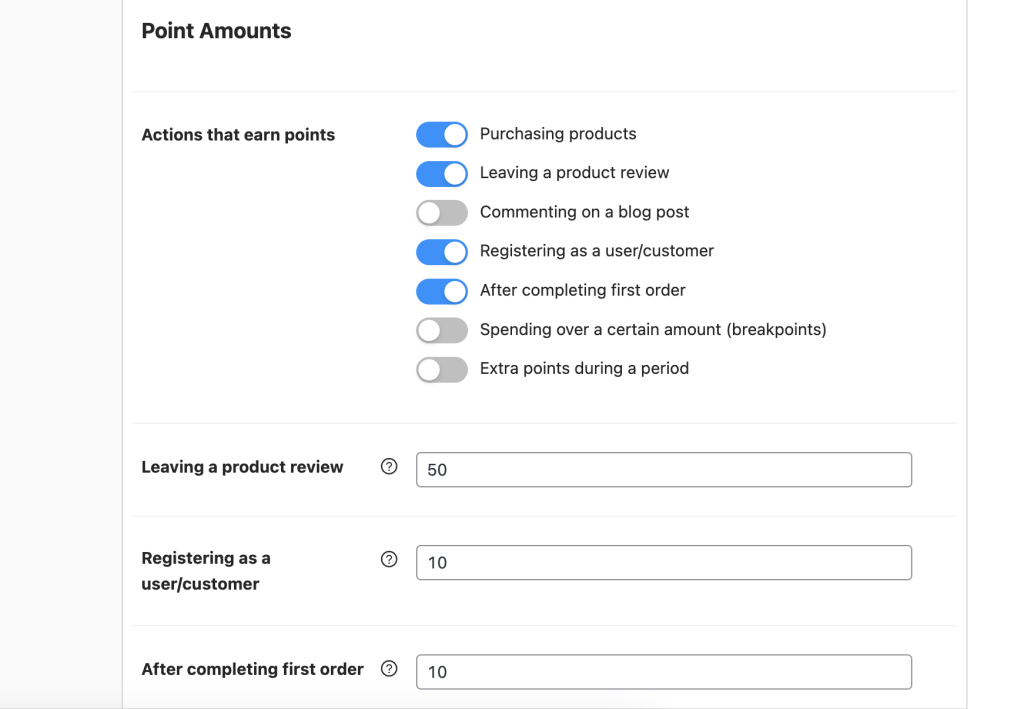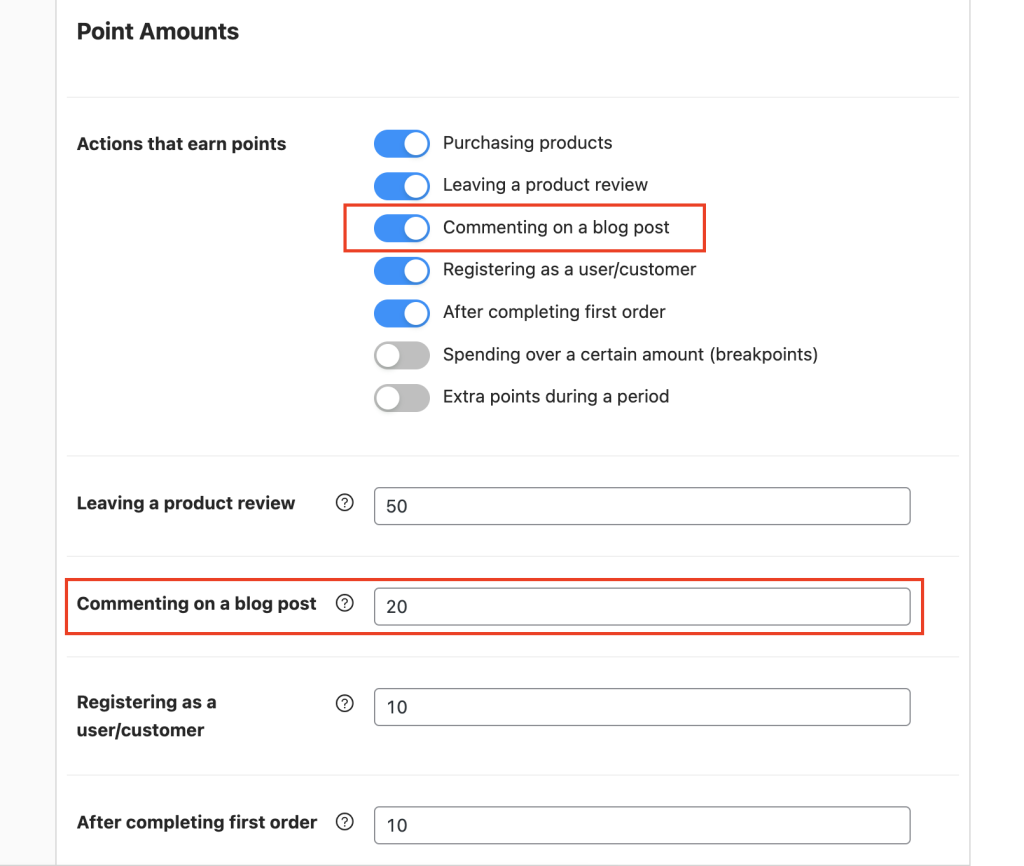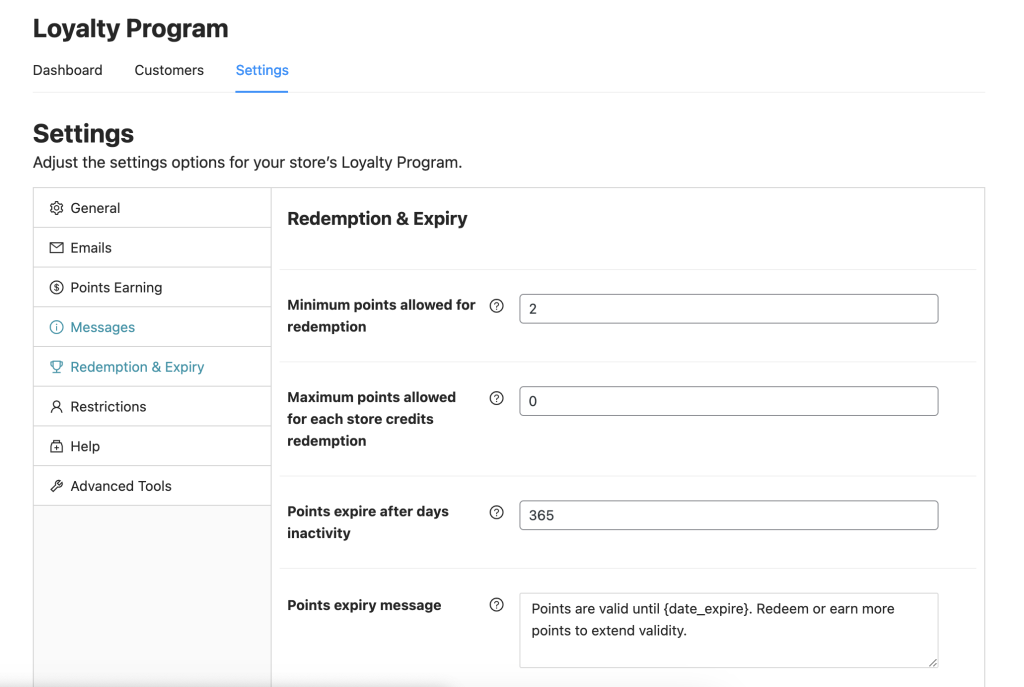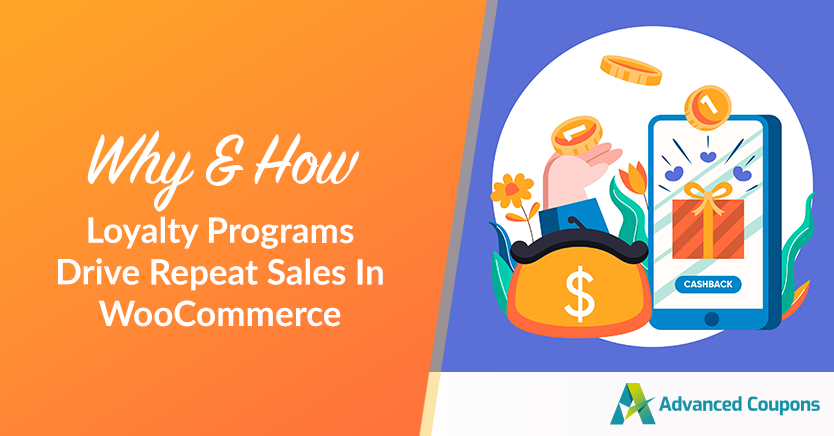
In the competitive landscape of e-commerce, we are constantly seeking innovative strategies to keep our business thriving. One of the most effective ways to achieve this is by driving repeat sales.
The concept of repeat sales is not just about a one-time transaction; it’s about creating a lasting relationship with our customers that encourages them to come back again and again.
In this article, we’ll walk you through the powerful role of loyalty programs in driving repeat sales in WooCommerce. Then, we’ll share how you can easily set up your program using the best loyalty program in the market. So, let’s get into it!
The Concept Of Repeat Sales
When we talk about repeat sales, we’re referring to the ability to attract the same customers to make purchases from our WooCommerce store multiple times. Repeat sales are the lifeblood of successful businesses, providing a steady stream of revenue and fostering customer loyalty.
Repeat sales should not be seen as a happy accident but as a deliberate outcome of our marketing and customer service efforts. We understand that acquiring a new customer can cost five times more than retaining an existing one, which is why focusing on repeat business is both efficient and cost-effective.
But how do we turn a first-time buyer into a repeat customer?
It’s all about the post-purchase experience.
We need to ensure that the quality of our products, the efficiency of our service, and the overall shopping experience are exceptional enough to make customers want to return.
Importance And Benefits Of Repeat Sales
Now, the importance of repeat sales cannot be overstated.
First, they provide a stable and predictable source of revenue that helps us plan for the future with greater confidence. Repeat customers also tend to spend more over time, which means that their lifetime value is significantly higher than that of one-time shoppers.
In addition, repeat customers often become brand advocates. They’re more likely to recommend our store to friends and family, essentially providing free word-of-mouth advertising. This organic growth is invaluable as it comes with a level of trust that paid advertising can never achieve.
Moreover, repeat sales allow us to gather more data about our customers’ preferences and behavior. With this information, we can tailor our marketing efforts, personalize our communication, and create targeted promotions that are more likely to resonate with our audience.
Understanding Loyalty Programs In WooCommerce
Loyalty programs are structured marketing strategies designed to encourage customers to continue shopping at or using the services of businesses associated with each program.
These programs exist because customers who are rewarded for their loyalty are more likely to return, make repeat purchases, and become advocates for the brand:
A loyalty program in the context of WooCommerce can take many forms, such as:
- Points-based systems
- Tiered rewards
- Exclusive memberships
The key is to offer value that is relevant and enticing to our customers, something that makes them feel appreciated and incentivized to stay loyal to our brand.
The psychology behind loyalty programs is simple: humans love rewards. By tapping into this innate desire, we can create a sense of achievement and exclusivity that encourages customers to engage more deeply with our brand.
But remember, it’s not just about the rewards; it’s also about the experience.
A well-crafted loyalty program enhances the overall customer experience. Thus, it makes shopping with us more enjoyable and memorable.
Role Of Loyalty Programs In Driving Repeat Sales
Loyalty programs are incredibly powerful tools for driving repeat sales.
Basically, they create a direct link between rewards and purchasing behavior, encouraging customers to come back and shop with us to earn their next reward. This gamification of the shopping experience is a strong motivator that can significantly boost our repeat sales numbers.
Additionally, loyalty programs help us stand out from the competition.
In a sea of similar products and services, a compelling loyalty program can be the differentiator that convinces a customer to choose us over someone else. It gives customers a reason to commit to our brand, knowing that their loyalty will be recognized and rewarded.
Moreover, loyalty programs provide us with invaluable insights into our customers’ preferences and purchasing patterns. This data allows us to refine our product offerings, personalize our marketing messages, and create targeted promotions that resonate with our customer base.
How To Set Up A Loyalty Program In WooCommerce
Setting up a loyalty program in WooCommerce is a straightforward process if you have the WooCommerce Loyalty Program plugin in your arsenal:
This powerful plugin lets you set up a loyalty program in just minutes, granting you the following features:
- Full admin dashboard
- Flexible earning & redemption actions
- Set sensible expiry periods
- Comprehensive points messaging features
- And many, many more.
So, with this plugin, you can set up a loyalty program in 5 easy steps:
Step 1. Define your goals.
The first step is to define the goals of your program. Are you looking to increase the average order value, boost the frequency of purchases, or enhance customer retention?
Once you know what you want to achieve, you can tailor your loyalty program accordingly.
You then need to decide on the type of loyalty program that would best suit your business and your customers. Points-based systems are popular and easy to understand, whereas tiered programs can foster a sense of progression and exclusivity.
Whatever you choose, the program must be easy for customers to join and participate in.
Step 2: Customize the value of your program.
So, assuming that you chose a points-based system, the next step is to configure the points.
Start by heading to Coupons > Loyalty Program, then click on the “Settings” tab. By default, our loyalty program follows a simple rule: customers earn one point for every dollar they spend, and they can redeem rewards once they collect 10 points.
However, you have the freedom to adjust these settings according to your preferences:
Then, once you’ve made your changes, go to the “Points Earning” option in the side menu for further customization. In the “Points Calculation” section, you can specify additional factors, like taxes and discounts, when calculating reward points:
Additionally, you can set a minimum spending requirement to earn points.
For example, customers may only qualify for points if their order totals at least $50. This ensures that points are awarded based on your specific criteria.
Step 3: Set up point messaging.
Next, in the “Points Messaging” section, you can tailor the messages that users will encounter when they earn points. These messages will be visible on the:
- Cart page
- Checkout page
- Individual product pages
Now, if you prefer not to display a message, just delete the text from the respective field.
Step 4: Specify point-earning options and amounts.
Next, let’s discuss “Point Amounts.”
In this section, you can choose the actions that allow users to earn points. Moreover, you can specify the number of points for each action:
For example, users might earn 20 points for commenting on a blog post.
Additionally, you can set breakpoints for spending over a certain threshold and designate promotional periods during which users will receive extra points:
Step 5: Set the conditions for using reward points.
Finally, to set up redemption and expiry rules, go to your “Settings” page and click on “Redemption Expiry” from the menu.
Here, you can:
- Choose how long reward points remain valid if they’re not used
- Set the minimum and maximum points customers can redeem
- Personalize the message customers receive when their points expire
Additionally, you can select which user roles won’t see the points feature in their accounts and checkout pages. Simply set that up, and once you feel satisfied, just hit “Publish.”
Conclusion
Loyalty programs are powerful tools for increasing repeat sales in WooCommerce. They offer a structured way to reward customers, build loyalty, and inspire them to return for more purchases.
In this article, we’ve covered all you need to understand about how and why loyalty programs drive repeat sales in WooCommerce:
- The Concept Of Repeat Sales
- Importance And Benefits Of Repeat Sales
- Understanding Loyalty Programs In WooCommerce
- Role Of Loyalty Programs In Driving Repeat Sales
- How To Set Up A Loyalty Program In WooCommerce
Furthermore, we’ve outlined 5 simple steps to establish your program using the WooCommerce Loyalty Program plugin by Advanced Coupons:
- Define your goals.
- Customize the value of your program.
- Set up point messaging.
- Specify point-earning options and amounts.
- Set the conditions for using reward points.
Do you have any questions about this article? Let us know in the comments!

